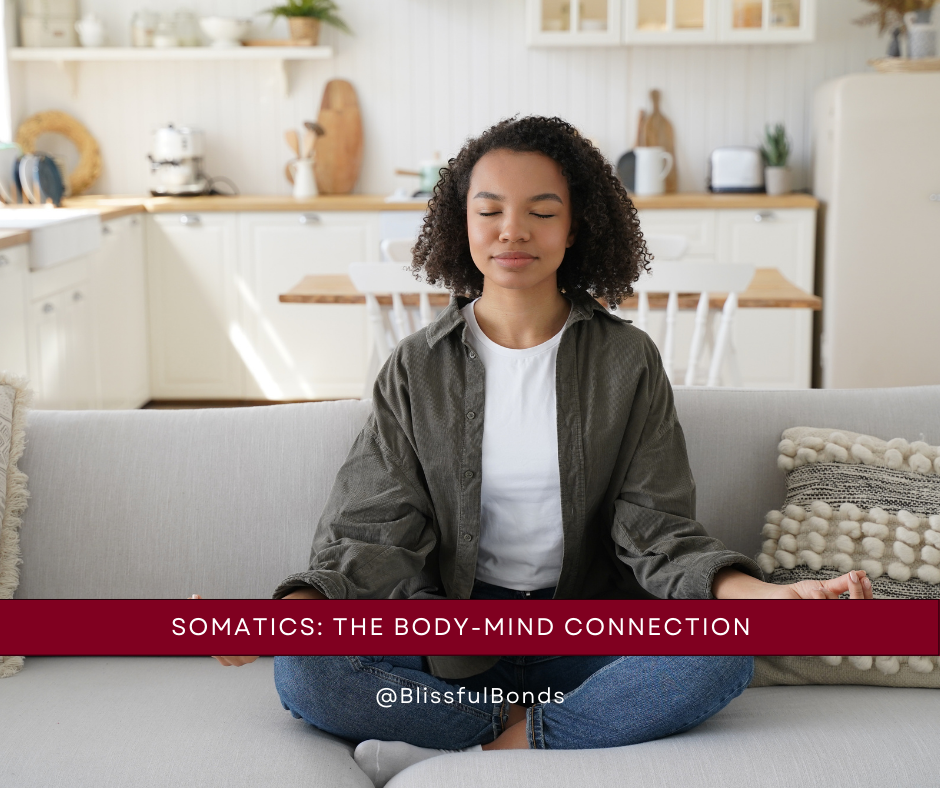Somatics: The Body-Mind Connection
Somatics is an umbrella term encompassing various approaches and practices that emphasize the relationship between the mind, body, and movement. It delves into the integration of physical and emotional experiences, aiming to enhance self-awareness and well-being. This holistic discipline explores how the body's sensations, movements, and patterns influence thoughts, feelings, and overall health.
Origins, Development, and Principles of Somatics
The term "somatics" originated from the Greek word "soma," meaning the living body in its wholeness. The field emerged in the mid-20th century, influenced by several pioneers, including Thomas Hanna, Moshe Feldenkrais, and F.M. Alexander. They sought to bridge the gap between the body and mind, challenging traditional approaches that isolated physical and mental health. Five principles of somatics are:
Mind-Body Unity: Somatics views the mind and body as inseparable, recognizing that mental and emotional states can affect physical well-being and vice versa. It promotes an integrated understanding of the body-mind connection.
Awareness and Sensation: Central to somatics is cultivating awareness of bodily sensations and movements. By paying attention to sensations, individuals can identify and address patterns of tension, stress, or discomfort.
Movement Exploration: Somatic practices often involve gentle and mindful movements to re-educate the body and develop new, healthier movement patterns. These movements aim to enhance flexibility, posture, and overall body alignment.
Autonomy and Empowerment: Somatic practices encourage individuals to take an active role in their own healing and well-being. Through increased awareness and understanding of their bodies, they gain greater autonomy and empowerment.
Neuroplasticity: Somatics acknowledges the brain's ability to reorganize and adapt neural connections in response to new movement and sensory experiences. This principle underpins the potential for positive change and improved functioning.
4 Types of Somatic Practices
Feldenkrais Method: Developed by Moshe Feldenkrais, this method emphasizes gentle movements and awareness to improve posture, flexibility, and coordination. It aims to enhance overall body function by retraining habitual movement patterns.
Alexander Technique: Created by F.M. Alexander, this technique focuses on relearning proper posture and movement by releasing tension and promoting a more natural alignment. It seeks to eliminate harmful habits that cause physical strain.
Hanna Somatics: Founded by Thomas Hanna, this approach involves specific movement sequences to alleviate chronic muscle tension and pain. It empowers individuals to regain control over their bodies and reduce stress through neuromuscular re-education.
Body-Mind Centering: Body-Mind Centering, developed by Bonnie Bainbridge Cohen, integrates movement, touch, and imagery to explore the body's systems and development. It aims to enhance body awareness, movement efficiency, and self-expression.
Potential Benefits of Practicing Somatics
Pain Relief and Management: Somatic practices can help alleviate chronic pain and discomfort by addressing underlying muscular tension and movement imbalances.
Improved Movement and Flexibility: Engaging in somatic movement can enhance flexibility, coordination, and overall body function, supporting a more agile and comfortable physical experience.
Stress Reduction and Relaxation: Practicing somatics encourages relaxation and reduces stress by promoting a deeper connection between the mind and body, leading to a sense of calm and well-being.
Enhanced Self-awareness: Somatic practices facilitate a heightened awareness of one's body and movement patterns, fostering a deeper understanding of oneself and promoting self-care.
Somatics offers a holistic and empowering approach to health and well-being, emphasizing the intricate interplay between the mind, body, and movement. By cultivating awareness, exploring gentle movements, and addressing patterns of tension, somatic practices can promote pain relief, enhanced movement, and an improved overall quality of life. Integrating these principles into daily life can lead to a greater sense of self-awareness and a deeper connection to one's physical and emotional well-being.
If you’d like to further explore some of these principles with personalized support, click here to request a session.
I am a PhD in Clinical Sexology candidate at Modern Sex Therapy Institutes and have a Master of Science in Educational Psychology. I work with individuals, couples, non-monogamous relationships, and groups in topics related to sexuality, emotional regulation, communication dynamics, and changing behaviors.


